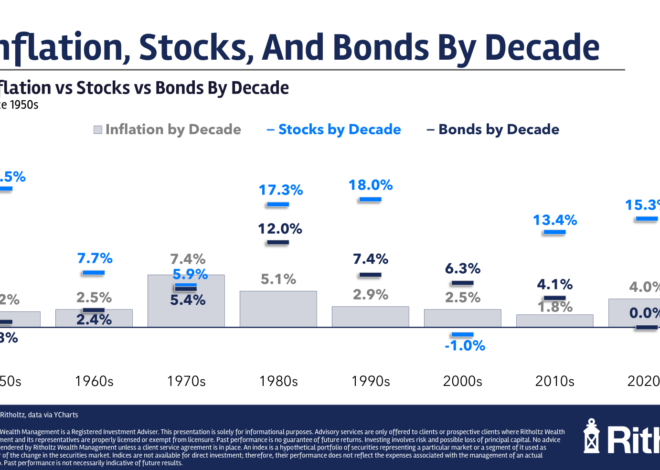3. Mid-Range Land Flips: The Sweet Spot Between Small and Institutional Deals
Land flipping isn’t new but this refined, mid-tier approach is.
Instead of buying ultra-cheap lots ($500–$25,000) or competing with large institutional players, this strategy focuses on parcels between $25,000 and $250,000.
Operators purchase land for 35–60% of market value, then create instant equity through simple subdivisions splitting one parcel into up to five buildable lots without needing rezoning or special permits.
Sometimes they’ll make minor improvements (like adding a dirt access road) to boost appeal.
Why It’s Profitable:
- Low competition zone (too big for hobbyists, too small for institutions)
- Quick turnaround through subdivisions
- Strong 16%+ returns from steady distributions
This “middle-ground” strategy is both scalable and surprisingly low-risk.
4. Prefab Home Placements: Affordable Housing, Reinvented
Another innovative land-based investment involves installing manufactured or modular homes on buildable vacant lots.
These aren’t the outdated trailers of the past, modern prefab homes are permanent, high-quality structures affixed to foundations, often indistinguishable from site-built homes.
Investors buy lots with existing utility hookups (water, sewer, electricity), install a prefab home, and then sell to first-time buyers often at half the market’s median home price.
Example:
- Market median home price: $460,000
- Prefab home sale price: $230,000
Demand remains strong, even in recessions, because these homes provide quality and affordability in one package.
5. Industrial Sale-Leasebacks: Stability Through Strategic Partnerships
Finally, a powerful niche for passive investors industrial sale-leasebacks.
Here, an operator purchases industrial properties directly from companies that occupy them. The company sells the property to free up capital for expansion, then leases it back long-term.
Why It’s Smart:
- Reliable tenants with strong business models
- Immediate rental income and low vacancy risk
- Stable returns due to long-term leases
Example: One deal involved a metalworking company serving the U.S. Navy, with a backlog of orders through 2028. Even if no new orders arrive, their business (and rent payments) are secure for years making this a recession-resilient opportunity.








